Harvey brings 'hell' to Texas residents 01:35
Story highlights
- Harvey's outer bands could bring 4 to 8 inches of rain to New Orleans this week
- President Trump: "To the people of Texas and Louisiana, we are 100% with you"
(CNN)New Orleans woke up with an uneasy sense of déjà vu Tuesday as it kept a wary eye on Tropical Storm Harvey while marking the 12th anniversary of Hurricane Katrina.
Katrina
made landfall in Plaquemines Parish, Louisiana, on August 29, 2005, but
its aftermath became the truly historic catastrophe. Federal levees and
floodwalls crumbled, ushering powerful storm surge into the city and
leaving 80 percent of New Orleans underwater for weeks. More than 1,500
people were killed and 200,000 properties were damaged.
Now,
Louisiana is reviewing lessons learned from the deadly storm, as
Harvey's outer bands could douse the state over the coming days, Gov.
John Bel Edwards said.
Harvey is
expected to make landfall Tuesday night or Wednesday morning along the
Louisiana-Texas border, said Andy Patrick, National Weather Service
meteorologist-in-charge at the Lake Charles Weather Forecast Office. It
will bring winds of 30-40 mph and a 2-4 foot storm surge.
Already,
500 people were rescued overnight Monday amid flooding in and around
Lake Charles, in western Louisiana, the governor said.
"The
Katrina situation is one that ever since then, we know how to deal with
rain, we know how to deal with floods," Edwards told CNN's Chris Cuomo
Tuesday. "We've got a lot of experienced people. We've got the right
equipment."
"One of the things
we're trying to do is be the best neighbor possible to Texas, because
they were very gracious and hospitable. They took in a lot of people
after Katrina, if you remember," Edwards said. "And they remain the
center of gravity as it relates to Harvey. ... So we are trying to focus
on preparing for and responding to the storm here in Louisiana, but
also trying to help our neighbor in Texas."
New Orleans under flash-flood watch
Devastation
from Harvey looks "frighteningly familiar" to his city after Katrina,
New Orleans Mayor Mitch Landrieu said. In Houston alone, more than 3,500 people have been rescued from flooding, and many more are believed to be in need of help as the rain keeps pouring.
Public
facilities and schools in New Orleans were closed Tuesday, but Landrieu
said schools will reopen on Wednesday in the city.
He said 3-4 inches of rain have fallen so far around the city, with some isolated areas receiving up to five inches.
New
Orleans is under a flash-flood watch and could see localized flooding,
with 4 to 8 inches of rain predicted through Thursday, CNN meteorologist
Taylor Ward said.
"If all goes well, we won't see catastrophic flooding like in Houston," Ward said. "We'll only see minor flooding."
Because
of the "uncertainty of the warnings that we have had with the flash
floods, with the potential rain bands and our diminished capacity, the
better part of wisdom is for everybody to stay home and to protect life
and property," Landrieu said.
13 drainage pump remain offline
The forecast comes as New Orleans' drainage system is at a diminished capacity following recent pumping failures.


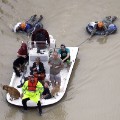

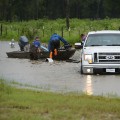

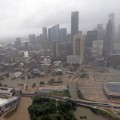
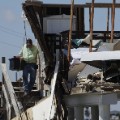


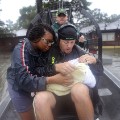

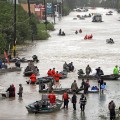



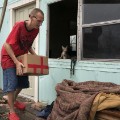
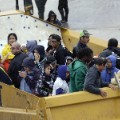

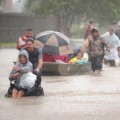
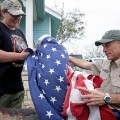

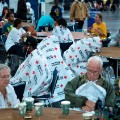
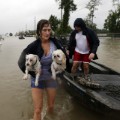

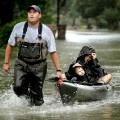



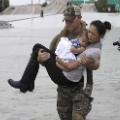
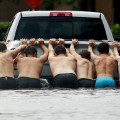
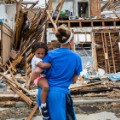

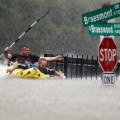
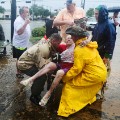
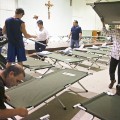
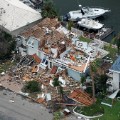
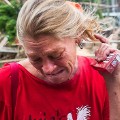
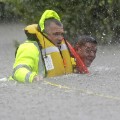
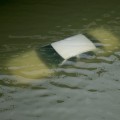

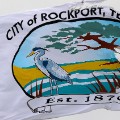
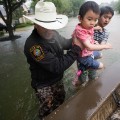


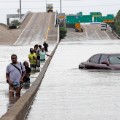
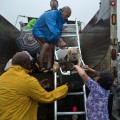
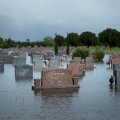
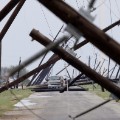

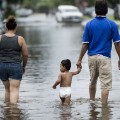


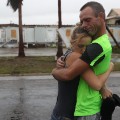
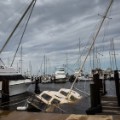
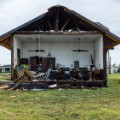
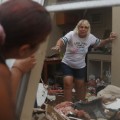
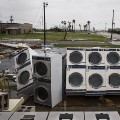
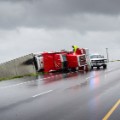

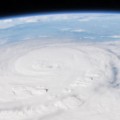
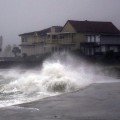
Because
of New Orleans' unusual topography -- with many areas below sea level
-- it takes about 100 pumps spread across every neighborhood to suck
water out of storm drains and canals and push it into a nearby lake or
other water bodies. The pumps vary in size and capacity; some are as big
as a garage and more than a century old.
Weeks
ago, strong storms overwhelmed the city's unique drainage system,
causing flooding at several hundred properties and exposing critical
deficiencies among 100 large pumps that drain many neighborhoods. Days
later, a key turbine that helps generate an uncommon frequency of
electricity needed to run the city's oldest, most powerful pumps caught
fire, leaving one of five turbines working.
The turbine was quickly fixed. And of the city's 120 drainage pumps, 107 were in service early Tuesday, according to the most recent records posted online by the city-owned Sewerage & Water Board.
The city's fire department has given out 35,800 sandbags to residents, Landrieu said.
President Trump could be Louisiana-bound
Harvey
barreled ashore late Friday as a Category 4 hurricane, first walloping
the Texas coast, including the cities of Rockport and Galveston. It
weakened significantly but moved back out over the Gulf, where it's
expected to gather moisture before making landfall again late Tuesday or
early Wednesday near the Texas-Louisiana border.
President
Donald Trump on Monday approved Edwards' request for an emergency
declaration, which states that Beauregard, Calcasieu, Cameron, Jefferson
Davis and Vermilion parishes are likely to face the brunt of Harvey's
wind and rain.
The President, who flew in to Texas Tuesday, said earlier he may head to Louisiana on Saturday.
"To the people of Texas and Louisiana, we are 100% with you," Trump said from the East Room of the White House.

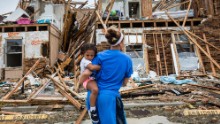

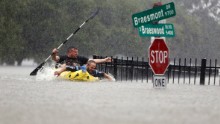
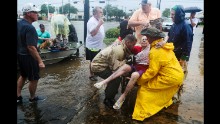
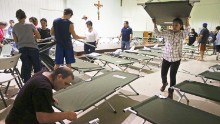
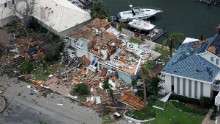
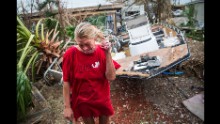
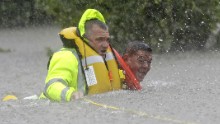
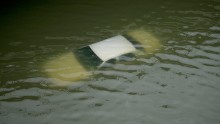

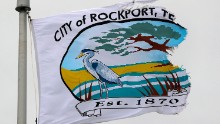
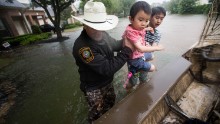
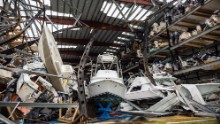
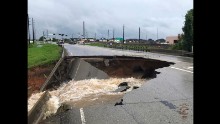
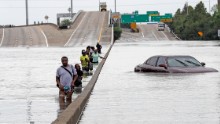
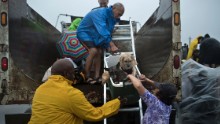
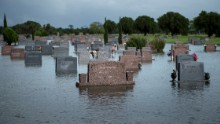

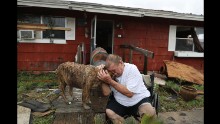
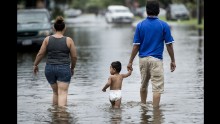
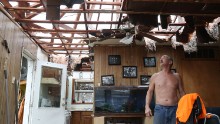

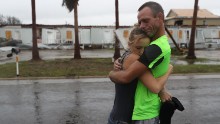
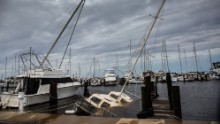
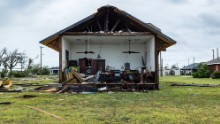
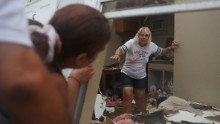
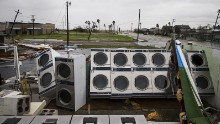

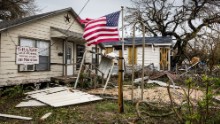
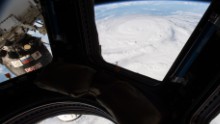
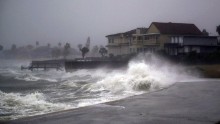
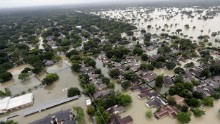

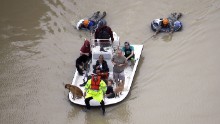

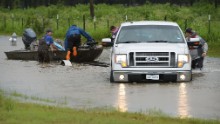

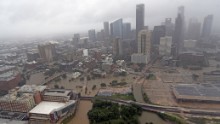
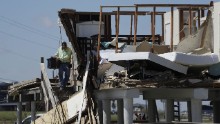
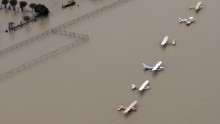

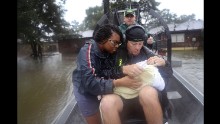
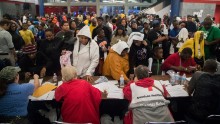
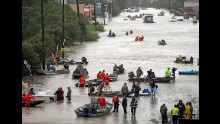
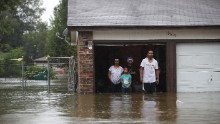
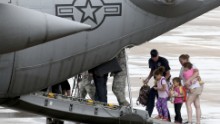
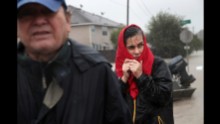
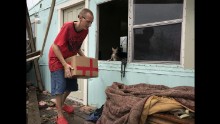
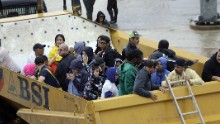
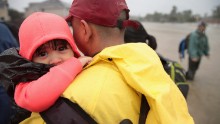
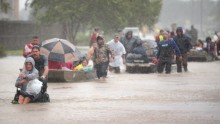
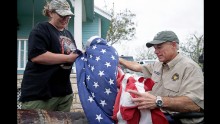

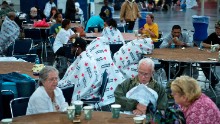
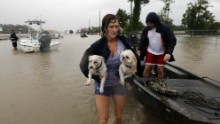
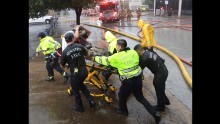
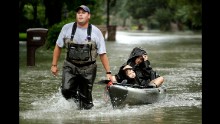
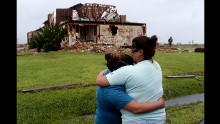
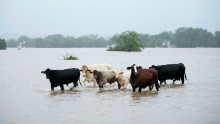

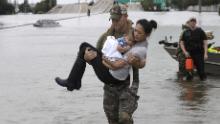
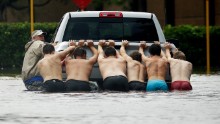

No comments:
Post a Comment